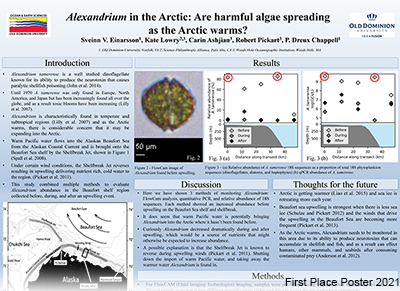College
College of Sciences
Department
Physics
Program
Physics Ph.D
Publication Date
4-2021
DOI
10.25883/fjkv-5304
Abstract
Superconducting radiofrequency (SRF) cavities are one of the building blocks of modern particle accelerators. Such cavities are typically made of bulk niobium, operate at liquid helium temperature (2 - 4 K) and have some of the highest quality factors found in Nature. One of the leading source of residual losses, which limits the quality factor in SRF cavities, is trapped magnetic flux from either residual ambient magnetic field or thermoelectric currents. The flux trapping mechanism depends on different niobium surface preparations and cool-down conditions. Suitable diagnostic tools are not yet available to study the effects of such conditions on magnetic flux trapping. A magnetic field scanning system (MFSS) for SRF cavities using Hall probes and Fluxgate magnetometer has been designed, built and commissioned to measure the local magnetic field trapped in 1.3 GHz single-cell SRF cavities at 4 K. In this poster presentation, we will present the design and preliminary results from the newly commissioned magnetic field scanning system, which was used to measure the magnitude and distribution of trapped flux at different cool-down conditions in an SRF cavity.
Keywords
Superconducting, Radiofrequency, Cavity, Vortices, Accelerator
Disciplines
Physics
Files
Download Full Text (1.4 MB)
Recommended Citation
Parajuli, Ishwari; Nice, Jeffrey; Ciovati, Gianluigi; Clemens, William; Delayen, Jean; and Gurevich, Alex, "Design, Commissioning and Preliminary Results of a Magnetic Field Scanning System for Superconducting Radiofrequency Cavities" (2021). College of Sciences Posters. 14.
https://digitalcommons.odu.edu/gradposters2021_sciences/14



